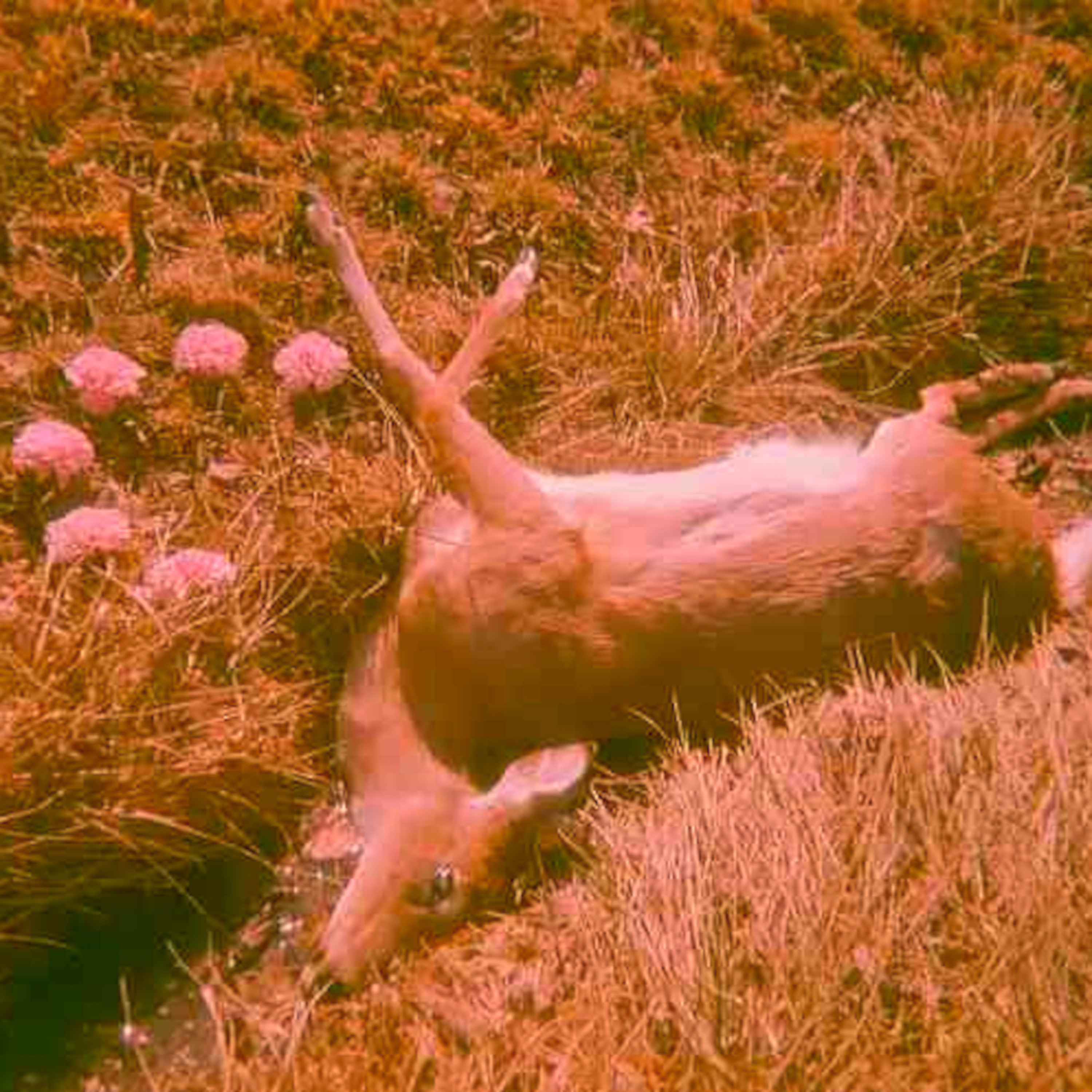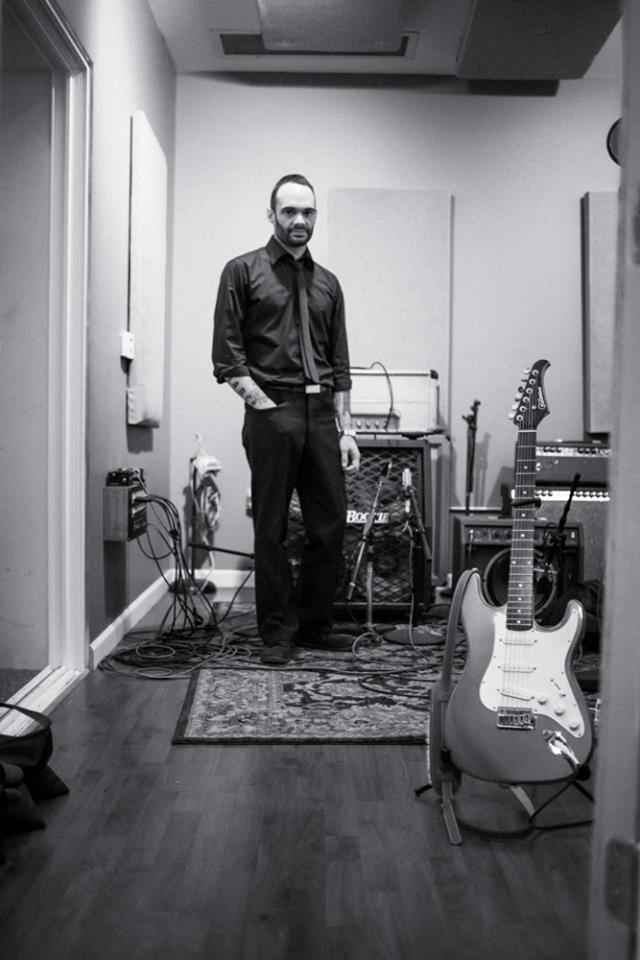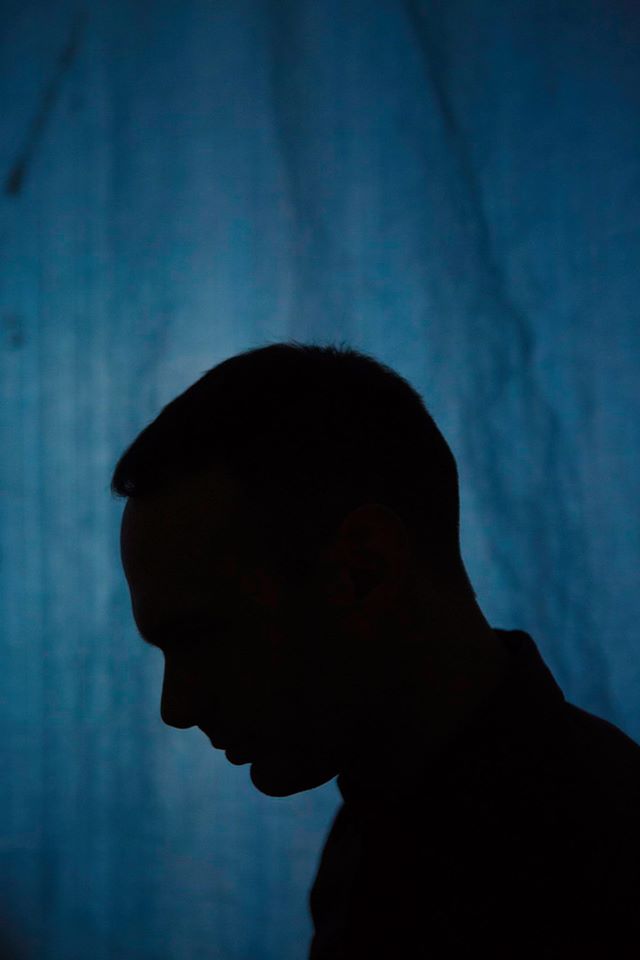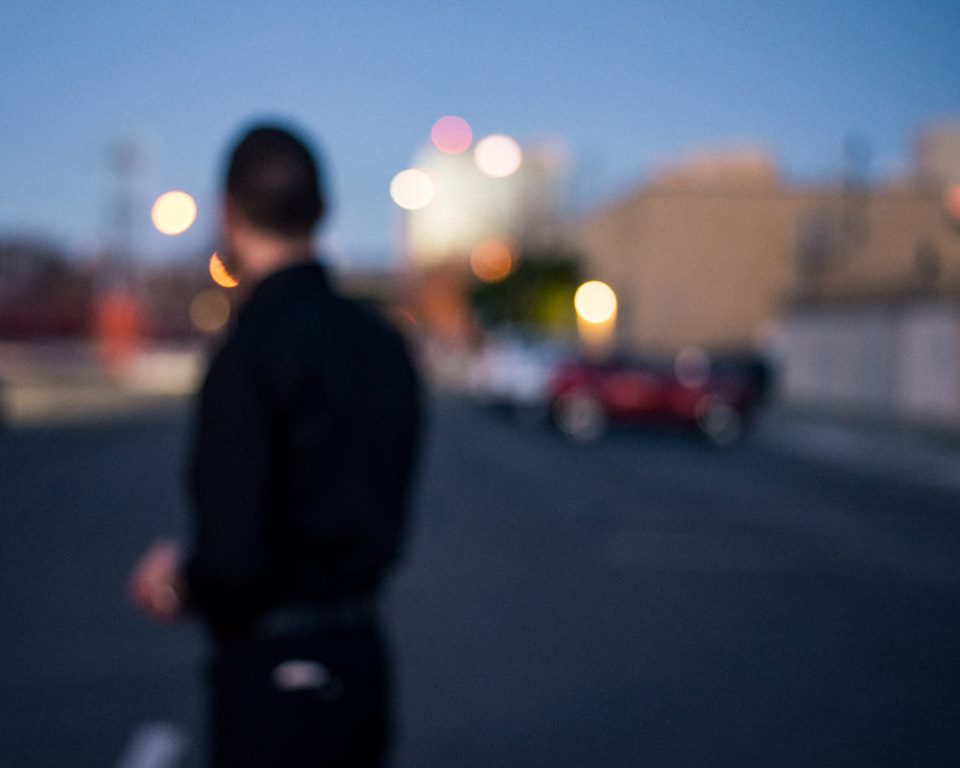Last month we were honoured to première, Lay For June, the latest release from California-based artist Old Earth. Todd Umhoefer has been one of our favoured sources of interesting, challenging music for a good while now and the new album is one of his most urgent releases.
“There’s never going to be a satisfactory way to describe art so fluid and weird and instinctive… It’s operating on a deeper level, one not easily outlined, playing on some atavistic region of the subconscious that reacts to fear and beauty, that treats intense wonder and dread as the same emotion”
As with anything fluid/weird/instinctive, the only way to get a true handle on Old Earth’s music is to speak to Umhoefer himself. We first asked him some questions back in 2013, though we thought the time was right to follow up with more.
Hello Todd, thanks for speaking with us. How’s life now that Lay For June is out?
Thanks for giving me the opportunity to talk about the work! The response is the strongest and most positive I’ve ever received, so I also want to thank everyone who took the time to listen, write back, and very graciously to those who bought downloads.
It’s good to have it off my shoulders. The last EP proved to be an unexpected stumbling block- I tried recording it 3 times and really struggled with the lyrics, which slowed me down. For the sake of the larger narrative, I prefer the ladder had to come out first, though. Lay for June is deep and somewhat painful, so I was living in that darkness a little longer than I should’ve. I tend to carry art making pretty far, so I’m always surprised I’m not deranged by now.
You mentioned that the record will be “the last Old Earth record for a while”. Can you put us out of our misery and expand upon this? Are we talking a refreshing break? Indefinite hiatus? Do you have any other projects lined up?
“Indefinite hiatus” is probably the best way to describe it. This project was a vital place to work out existential concerns, but my spiritual practice has developed to a point where I don’t need to put it into music as much. Sometimes the line between solitary art making and self-absorption gets thin or moves… I just feel a call to be in more immediate service to others. I’ve been thinking that I more or less made the point I wanted to make with it, and it took me to a lot of unexpected places.
I’m still finishing the things I’ve committed to, like some local performances and a little tour in the summer. I’m not rushing out of this, as it’s my life’s work and deserves my respect.
Having proven to myself that I can write cohesive long-form pieces, I’m now excited about writing songs that stand alone, and to see how much ground I can cover in shorter running times. I have about 7 songs in varying degrees of finish, and the idea is to work on them slowly, which is a pattern of concentration I’m not used to. Also, I’m about to record a film score… When all that’s done, who knows? It’s not like I’m quitting music altogether.
Lay For June was originally scheduled for release on the 1st February, the day of Imbolc. Our review had a stab at ascertaining the relevance, but would you care to explain what the day means to you and the album?
Tying release dates with pagan holidays has been on my mind for a while, and a celebration of the simultaneous death of winter and birth of spring definitely made sense for this album. You did an exceptional job of talking about the relevance. I think you summed it up so poetically that people should refer to the review!
There’s been a growing interest in mysticism and occult knowledge for a long time, and I’m all for it. What’s wrong with viewing the planet and its inhabitants as sacred? Old Earth has always been very matriarchal, putting intuition, emotion, creativity, and a search for wisdom first. It’s about trying to ask good questions. A lot of things that took our ancient ancestors generations to discover has been destroyed, so it’s important to go back and share what’s left.
Lay For June was recorded in one take, with only the vocals overdubbed, which seems such a vital part of the sound. How much do you find things changing as you’re recording? Did the final take surprise you in any way?
Yes, single takes are definitely a vital part of the sound. I love the sense of struggle that just doesn’t show up any other way. It’s not trying to be perfect. The last song wouldn’t sound the same had I not played the entire record leading up to it, you know? It almost wouldn’t mean as much. The content on this one was especially personal and draining, and I think it would’ve been bad for me to do some of those songs over and over again.
Things don’t change much while recording because I rehearse a lot beforehand, and am focused on what I want to get done while I’m there. You won’t catch me fucking around on a phone. I’m really into how tight musicians had to be 50 or 60 years ago… There’s no faking it 20 minutes in to a 30 minute continuous take, where a single misplaced note could pull the whole thing apart. It’s a fun risk, somewhat of an ordeal, filled with moments of doubt and confidence, drifting between being lost in the music and an inner dialogue, wondering if the performance is take-worthy, should I start over, is the engineer about to punch in and say something isn’t working, what’s the next song, how far out of tune is the guitar, dare I fix it mid-take, all while trying to appreciate the moment and enjoy how special it is to be in a nice studio, recording with someone who is very good at what they do and believes in the work… I forgot a few guitar parts here and there, but also ended up making a few things up on the spot, so it all evened out. I don’t think I could’ve played it noticeably better at the time, and that’s the most I hope for.
The biggest surprise was the amp setup, which was big and loud and a real joy. It definitely affected how I was performing, because I rarely get the opportunity to play guitar at a high enough volume to feel the sound blowing through and around my body. Scott Evans at Antisleep Audio put a lot of thought into the session ahead of time, and I was happy to go with his ideas. This was the first Old Earth album I didn’t mix myself, which really speaks to my trust in Scott. He worked on it in a way that says he’s invested in the project.
I later recorded Ashley Jarrett’s vocals myself, sent the files to Scott, and then it was out of my hands! That was well outside of my comfort zone, but important… Also, it should be stated that Ashley sings like an angel and this record would’ve been lesser without her.
Even in the nebulous category of ‘experimental’ music, I consider your work unconventional. The lyrics, the structure, the sound itself, even the way you often release long songs comprising of several parts. Do you have any image of a listener in mind when recording? Or do you just work in the way which compels you?
They’re all based on intuition. The best ones develop unconsciously, indeed from feeling compelled to create. Often the challenge is to get out of the way of what the song wants to be, yet rehearsed enough so that if you’re given one of those fully-formed songs from seemingly out of nowhere, you can do it justice… A sensitivity and trust in the process develops, but it’s never dependable or predictable. I try to make up for that with a lot of time, patience, practice, and consideration. One of the experimental artists I’ve learned the most from is Tim Kinsella. He’s given some great interviews, and I’m paraphrasing here, but he basically said he creates the kind of records he’d like to see exist. That’s so simple and beautiful in intent, and it takes the power away from outside judgement or internal limiting.
Unconventional things make fair comparisons difficult, so how do you even know if you’re missing a mark? And what mark? I’m well aware that most people aren’t going to resonate with what I’m doing, so trends and a hypothetical listener/non-listenership have no impact on the music. Pandering is insulting to the listener in every way… Also, the records never turn out how I hear them in my head, which can be frustrating, but I have to remind myself that that’s just part of the deal too. Lay For June has striking art from Jamie Morgan, and Jennifer Mehigan’s painting on A Wake in the Wells was equally arresting. How do you decide on the artwork for your releases?
Lay For June has striking art from Jamie Morgan, and Jennifer Mehigan’s painting on A Wake in the Wells was equally arresting. How do you decide on the artwork for your releases?
Visual art has been a lifelong interest, so I try to pay attention to what’s happening out there. I used to do all the art myself, but as with music, adding another voice can create counterpoint and depth. I usually play around with rough layouts while writing, and that has definitely influenced the songs, titles, and sequencing. You could also say I got a little sick of doing every single step myself, haha. I now see that it was important for me to let that go. I still do the art sometimes, the last one being …until they’re called. As for the mixtapes, I usually google the title in quotes and take an image that fits in some inexplicable way, and is obscure enough that I probably won’t get in trouble. That process is really really fun and full of surprises. It’s asking the collective consciousness for relative imagery.
Jennifer Mehigan’s work was on an art blog, and she was unbelievably giving and humble when I reached out to her… I had most of the songs done by the time I came across the image, and there are numerous reasons why it worked for me. A Wake in the Wells is somewhat centered around a house changing shape and changing hands.
I found Jamie Morgan’s work just checking out Instagram. The roadkill and flowers series is amazing, and she’s always up to something new. Also, she happens to know someone I went to school with, and he connected us. I wish I could’ve given Jennifer and Jamie a million dollars each, they’re both outstanding artists.
7) Finally, could you name four or five acts you find yourself returning to at the moment?
Shopping around Bandcamp recently, I found a wonderful record by You Are Plural called Rabbit Rabbit. I’ve been recommending it a lot lately, and it’s one of the few non-rap things I’ve been listening to.
For people who like things downtuned, plodding, yet catchy and very smart, they should hear Scott Evans’ band Kowloon Walled City. Their recent album release show performance was one of the best metal sets I’ve ever seen, and I’ve seen a good many over the last 20+ years. Very very inspiring…
I mainly download free legal mixtapes from Hip Hop TXL and dig through 40 garbage songs for the 10 good ones. I’ve been doing it for years and have refined a great collection from their series. That’s what’s always in my headphones.
Also counting down the days until Gucci gets released, anticipating a new prolific flow of his music and opportunities to see him perform again. Once I saw him on my birthday!
You can buy Lay For June now from the Old Earth Bandcamp page, along with the rest of his discography. Read our review here.
Photos by Scott Evans, apart from the silhouette image, which is by Adam Ryan Morris

